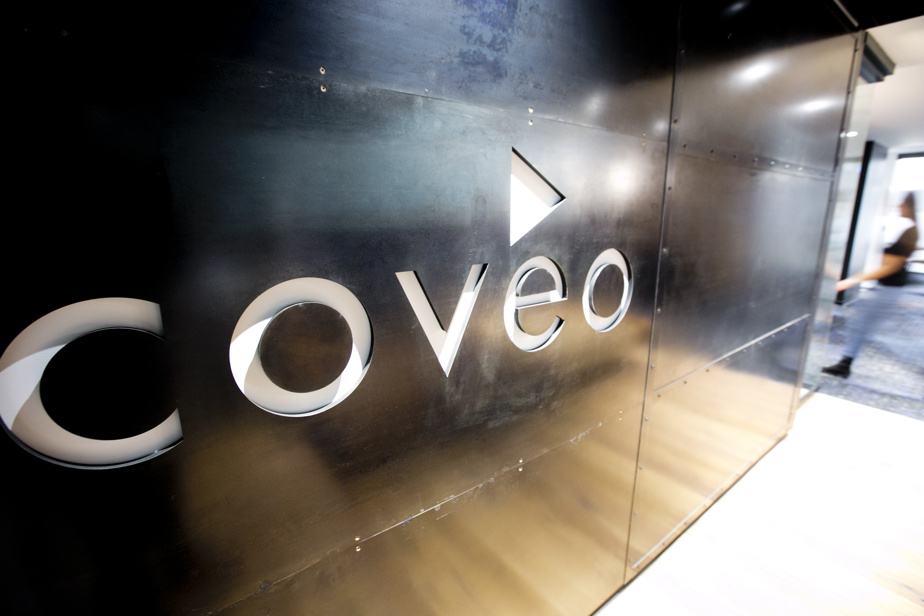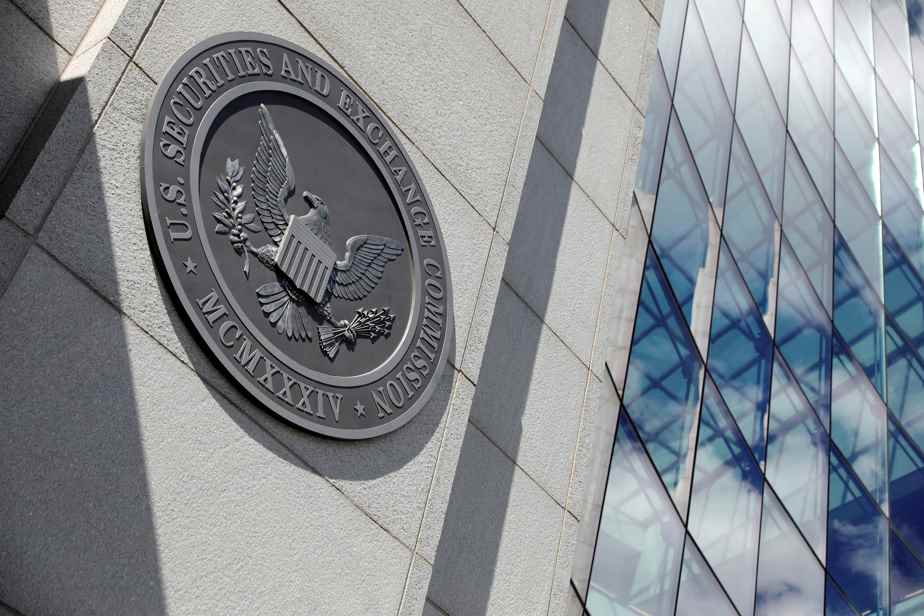The rankings revealing the compensation of senior executives are expected to change. New rules adopted Thursday by the Securities and Exchange Commission (SEC) will allow companies to present this information in a more nuanced way to better reflect reality.
Posted at 6:00 a.m.
The US stock market watchdog will require, starting in December, that companies present a new table each year showing the “real” remuneration of executives by excluding certain elements, in particular the allocation of securities not yet acquired (shares and options).
“It will give a much more real approximation of compensation,” comments François Dauphin, CEO of the Institute on Governance.
“We wanted to associate a real relationship between the remuneration actually paid and the performance of the company, which was impossible to do with the way in which disclosure is currently planned. A chart will now give us this much more relevant information for investors. »
Securities and Exchange Commission chief Gary Gensler says the organization he leads has long recognized the value of disclosure surrounding executive compensation.
He says the new rules will “make it easier” for investors to assess decision-making around compensation policies.
“It will allow investors to obtain the consistent, useful and comparable information they need to evaluate policies,” he said in a statement.
Company performance measures will have to appear in the new table required by the SEC, such as total shareholder return as well as that for a group of comparable companies.
Under the new rules, the SEC also requires companies to provide a clear description of the relationship between financial performance and executive compensation.
Soon in Canada?
If such rules are adopted in the United States, François Dauphin says that it is to be expected that Canada will follow suit in the coming months, since investor expectations are the same on both sides of the border.
He obviously welcomes the changes to come.
We are sometimes scandalized by seeing amounts, when in reality, these amounts will never materialize.
François Dauphin, CEO of the Institute on Governance
In 2015, the Laval-based pharmaceutical company Valeant (now known as Bausch Health) unveiled compensation of US$123 million for its five main executives, up US$100 million year-on-year mainly due to the allocation of securities. “But the action had collapsed that year and the titles were worth zero in the end”, says François Dauphin.
He also highlights the case of Nuvei where executive compensation seemed “staggering” for the first year on the stock market of the Montreal provider of electronic payment solutions. Comprised mostly of stock bonuses and options, the reported value of Nuvei founder and CEO Philip Fayer’s compensation topped $140 million last year.
The Coveo case
The case of the Quebec company Coveo is another example where the disclosure of executive compensation has recently raised eyebrows at first glance.

PHOTO FRANÇOIS ROY, LA PRESSE ARCHIVES
The majority of Coveo big boss Louis Têtu’s total compensation is tied to the value of his stock options, which he won’t be able to begin exercising until the company’s stock triples in value. at its current value.
“In a situation like ours, compensation gives a rough result,” comments the director of legal and corporate affairs at Coveo, Jérémie Ste-Marie.
It refers to the total compensation of 12.9 million for the 2022 financial year of the big boss of Coveo unveiled this month in the management circular of the Quebec company specializing in artificial intelligence applied to e-commerce.

PHOTO ERICK LABBÉ, LE SOLEIL ARCHIVES
Louis Têtu, Chairman of the Board and Chief Executive Officer of Coveo
Of the 12.9 million of the total compensation awarded to Louis Têtu, 12 million comes from the calculation of the value of his stock options, which he cannot begin to exercise before the title of Coveo triples by compared to its current value.
Jérémie Ste-Marie affirms that it is rare to see options like those granted to Louis Têtu, that is to say “performance options”.
There is an exercise price and a period to respect before exercising them. The difference with a traditional option is that a business performance criterion is added.
“It’s essentially linked to shareholder returns relative to the initial public offering price,” says Jérémie Ste-Marie. Louis Têtu will not receive a cent with his options as long as the shareholders have not realized at least a 30% return compared to the initial price of the action when it entered the stock market.
And even then, says Mr. Ste-Marie, he will receive one-fifth of the value presented in the documents because the options are divided into five equal tranches.
For Louis Têtu to pocket his last millions through options, shareholders who purchased shares at the initial price of $15 — set at the time of the initial public offering — would need to have earned a 300% return on their investment.
The stock should then have reached $45, whereas today it is worth approximately $6. And if ever the action reaches $45, Louis Têtu’s options will have brought him $41.8 million.
Listed on the Toronto Stock Exchange at an initial price of $15 last November, Coveo’s stock has since fallen sharply, driven by the widespread devaluation of stocks in the technology sector in recent months.
This decline was recorded despite the publication of quarterly performances well received by analysts since the IPO nine months ago.
For the first quarter of its 2023 financial year, which ended on June 30, the company saw its revenues jump 45% compared to the same period last year, to reach 26.5 million US. It expects to record revenues of approximately US$110 million in fiscal 2023, compared to US$86.4 million in 2022, an increase of more than 27%.
The operating deficit of US57 million at Coveo at the end of fiscal 2022, up from US18 million the previous year, is mainly explained by the expansion of its activities, particularly in marketing and in research and development. The company now has more than 725 employees, 40% of whom are active in research and development.
It also includes an amount of approximately US$11 million related to the company’s commitment to support foundations with the aim of giving back to the community. In particular, Coveo is committed to the Pledge 1% program.

